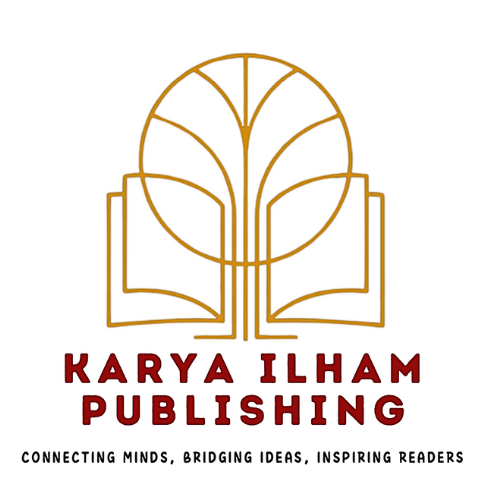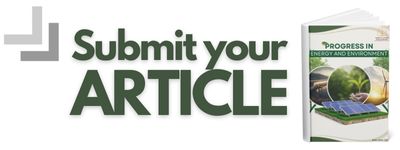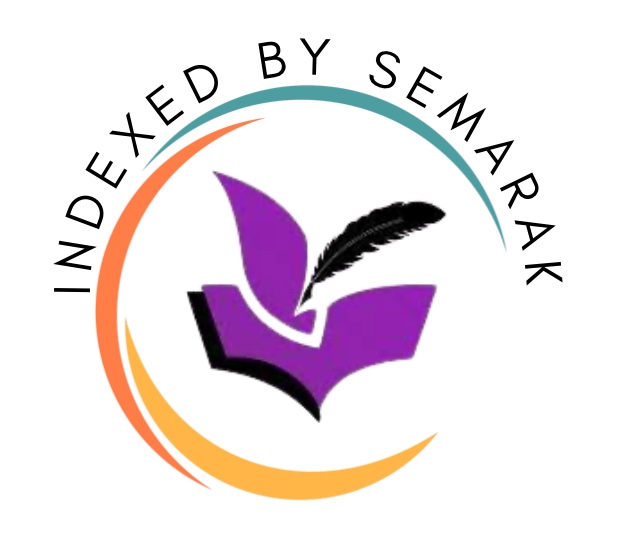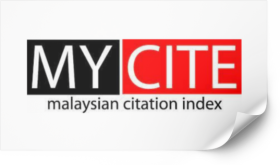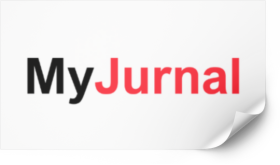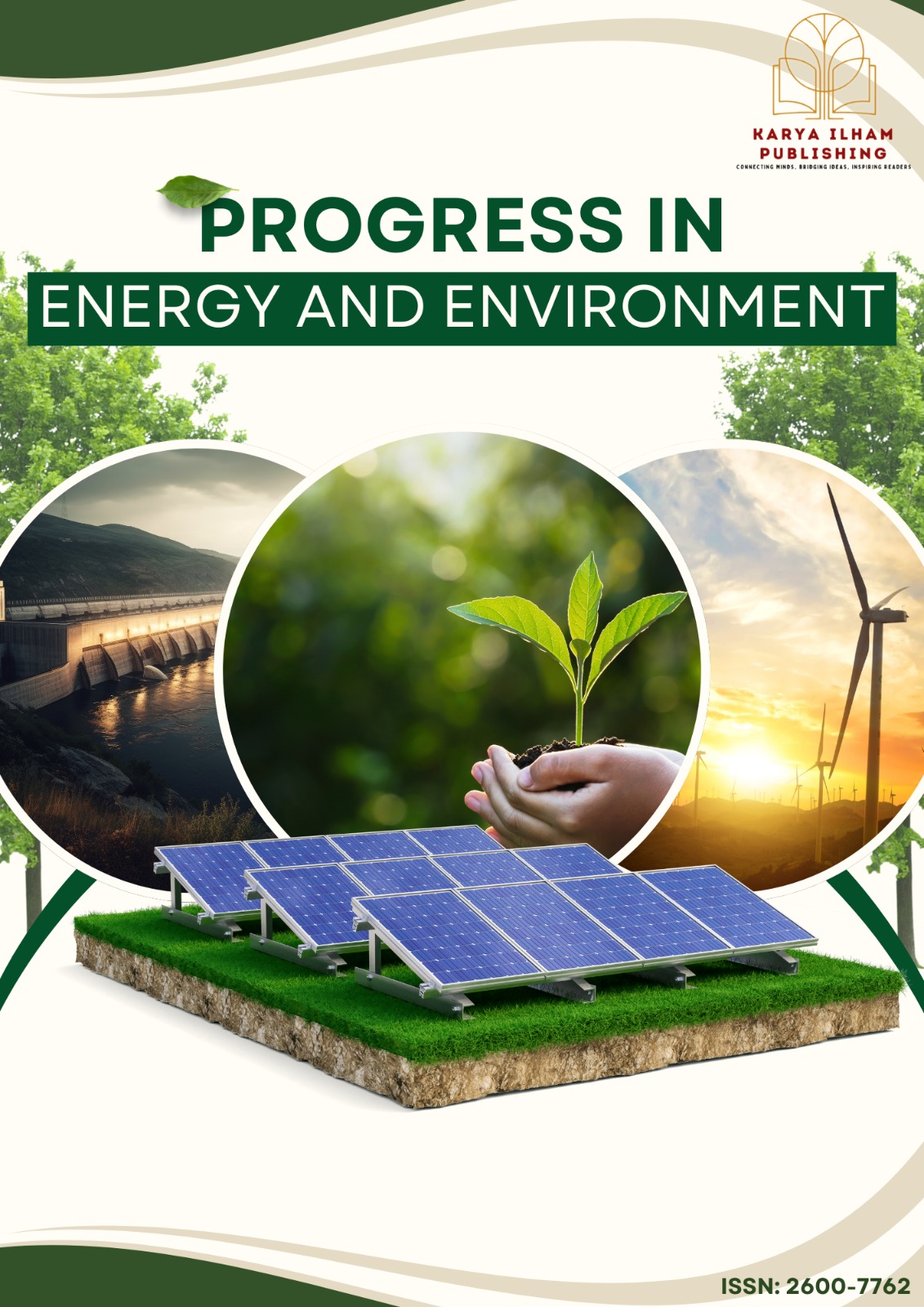
Authors Guidelines
Information for Authors
Introduction
- Submitted manuscripts must be original work that does not commit plagiarism. Articles from abstract-only proceedings can be considered, provided that the content is extended appropriately.
- Submitted manuscripts must not be under consideration for possible publication elsewhere.
- Submitted manuscripts should not have any illegal, defamatory or discriminatory content.
Article Types
Research articles present the original experimental or computational research work, in which the results contribute to the body of knowledge in a specific field.
A review article shall at least render a comprehensive overview of a specific research field within the journal's scope. A critical review that reveals the core issues and puts forward constructive recommendations is welcome. The journal will also consider mini-reviews.
A case study presents a systematic investigation into the scientific problems or development of a particular person, institution, or small region within a fixed time frame.
A short communication is a paper that proposes or demonstrates an original yet significant research idea before deeper and more thorough investigations.
Manuscript Preparation
Language. You can use American or British English, but please ensure it is consistent.
Referencing Style. Authors are free to use any referencing style during submission. However, authors are advised to apply our journal's referencing style. If you do not apply the referencing style during submission, you will be requested to reformat it when your manuscript is accepted for publication. Authors must disclose all the necessary references' info, including the DOI whenever available.
Figures and Tables. Authors may include all figures and tables in the main manuscript. However, we encourage the submission of figures and tables as separate files. Ensure the figures have sufficient resolution, while the tables must be editable.
Mathematics and Equations. Please use SI units to present your data. If your manuscript contains equations, the equations must be editable. All the symbols in the equation must be explained.
Additional Information. You must prepare a cover letter, including a declaration of interest and two suggested manuscript reviewers. Alternatively, when filling in "Comments to Editors", you may do so. Authors can indicate to their handling editor of their manuscript, who knows their research field better.
Publication Charge. Karya Ilham Publishing charges an Article Processing Charge (APC) once an article is accepted for publication to cover the cost of providing open access. There are no charges for rejected articles, submission charges, or surcharges based on the length of an article, tables, figures, or supplementary data. The APC charged for accepted articles is RM350.
Referencing Style
The referencing style for ProgEE will follow the ascending numbering system. The possible referencing source may comprise a journal [1], book [2], book section [3], conference proceeding [4], dissertation [5] and government publication or other reports [6]. If two references are to be cited, use a comma to separate the numbers without spacing between them [5,6].
If there are more than two references to be cited, use a dash between the numbers [4,7–9]. The reference illustrates the referencing style for various types of sources. Authors must adhere to the referencing style as prescribed.two references are
Make sure that the reference style you apply follows the journal's format. If you use Mendeley for reference management, the “Elsevier – Numerics with Titles” style is recommended. If you're using EndNote, opt for the “Chemical Engineering Journal” style. These formats closely align with our preferred referencing style. The format is:
The possible referencing source may comprise journal [1], book [2], book section [3], conference proceeding [4], dissertation [5] and government publication or other reports [6]. If two references are to be cited, use a comma to separate the numbers without spacing between them [5,7].
[1] H. Kou, W. Li, X. Zhang, N. Xu, X. Zhang, J. Shao, J. Ma, Y. Deng, and Y. Li, Temperature-Dependent Coefficient of Surface Tension Prediction Model without Arbitrary Parameters. Fluid Phase Equilibria 484 (2019) 53–59. https://doi.org/10.1016/j.fluid.2018.11.024.
[2] F.L. Matthews, G.A.O. Davies, D. Hitchings, and C. Soutis, Fundamentals of Finite Element Analysis, 1st ed., McGraw-Hill Higher Education, 2011. https://doi.org/10.1533/9781855738928.2.39.
[3] R.C. Hibbeler, Compressible Flow, in: Fluid Mechanics, 1st ed., Pearson Education Limited, 2017: pp. 657–728.
[4] K. Nimkanjana, and S. Witosurapot, A Simple Approach for Enabling SPARQL-based Temporal Queries for Media Fragments, in: Proceeding 2018 7th International Conference on Software and Computer Applications, 2018: pp. 212–216. https://doi.org/10.1145/3185089.3185126.
[5] P. Neill, R. Metoyer, and E. Zhang, Fluid Flow on Interacting Deformable Surfaces, Oregon State University, 2007. https://doi.org/10.1145/1280720.1280783.
[6] COMSOL, Acoustics Module Model Library Manual, 2014.
[7] A. Antosik, M. Gluszek, R. Zurowski, and M. Szafran, Influence of Carrier Fluid on the Electrokinetic and Rheological Properties of Shear Thickening Fluids. Ceramics International 43 (2017) 12293–12301. https://doi.org/10.1016/j.ceramint.2017.06.092.
[8] P. Csizmadia, S. Till, and C. Hős, An Experimental Study on the Jet Breakup of Bingham Plastic Slurries in Air. Experimental Thermal and Fluid Science (2019) 271–278. https://doi.org/10.1016/j.expthermflusci.2018.12.006.
[9] M. Cortada-Garcia, W.H. Weheliye, V. Dore, L. Mazzei, and P. Angeli, Computational Fluid Dynamic Studies of Mixers for Highly Viscous Shear Thinning Fluids and PIV Validation. Chemical Engineering Science 179 (2018) 133–149. https://doi.org/10.1016/j.ces.2018.01.010.
